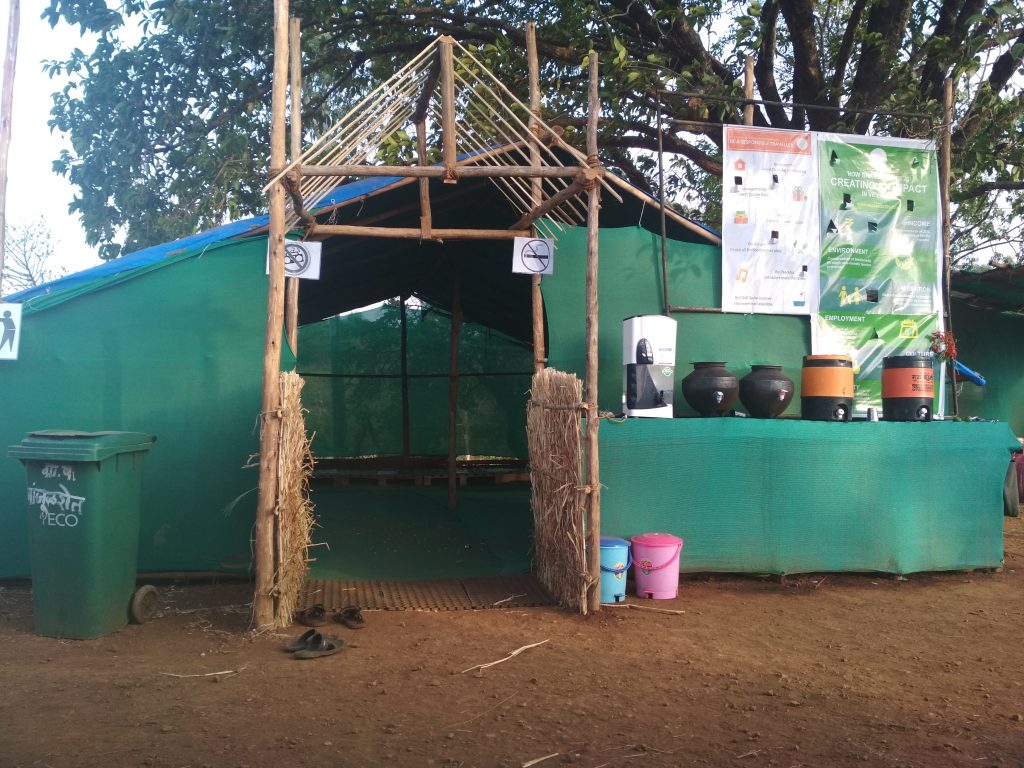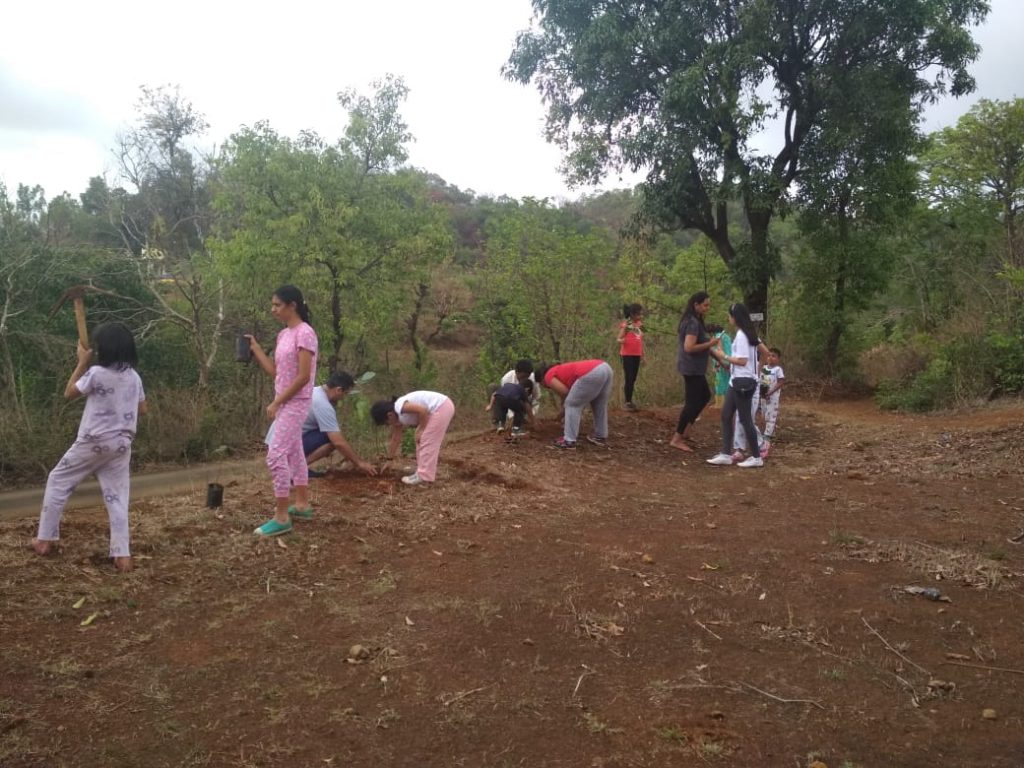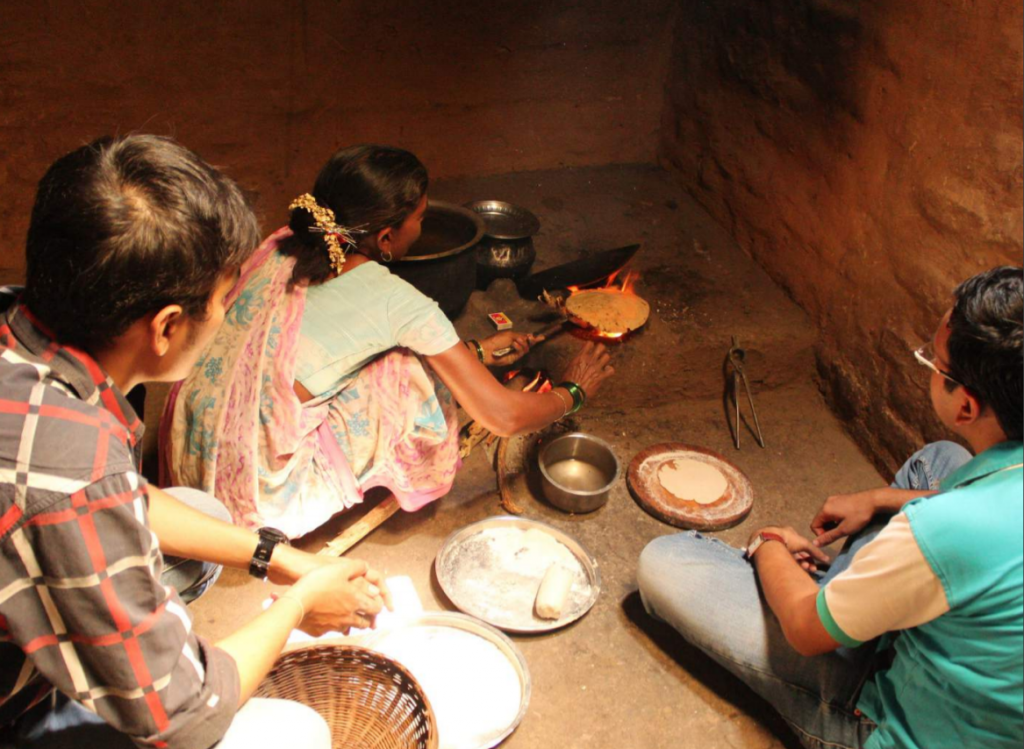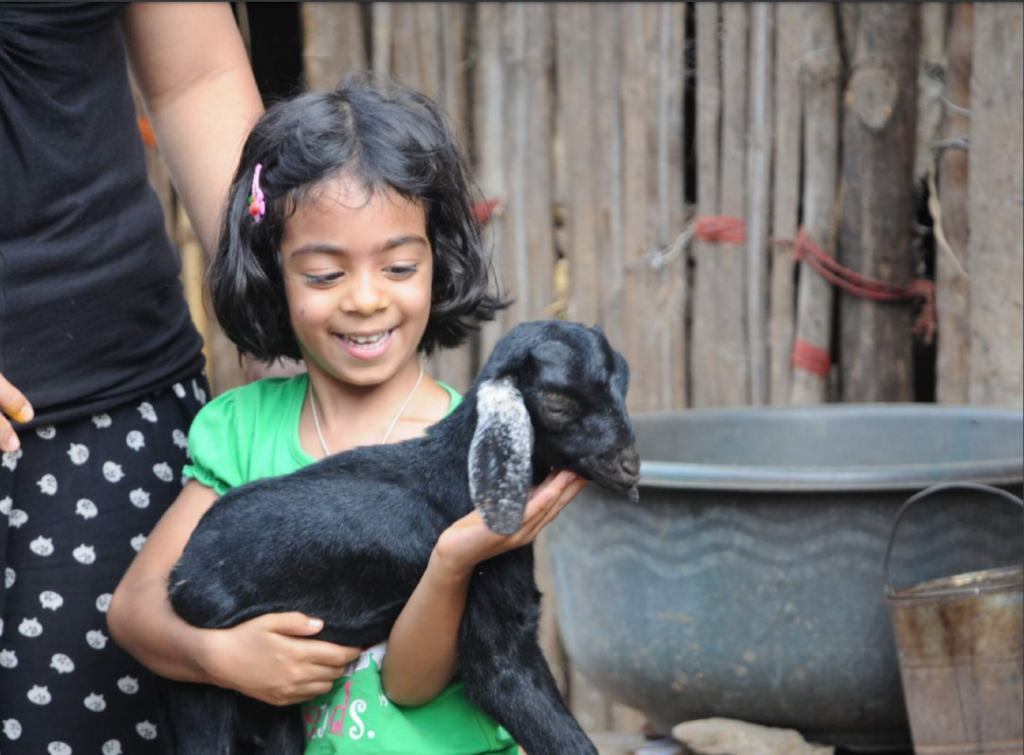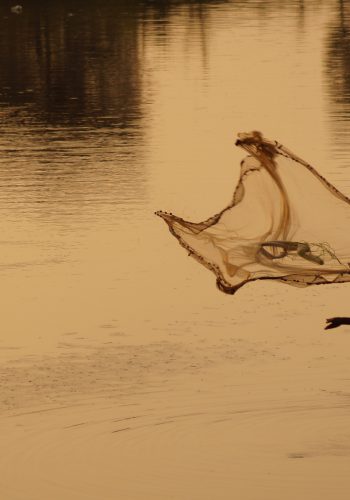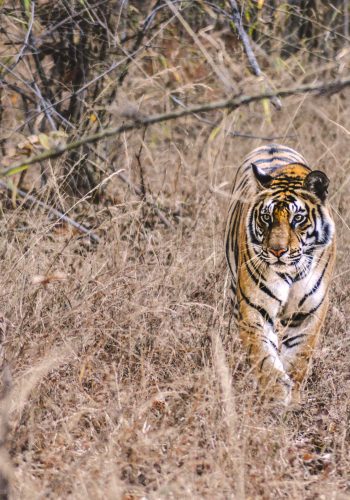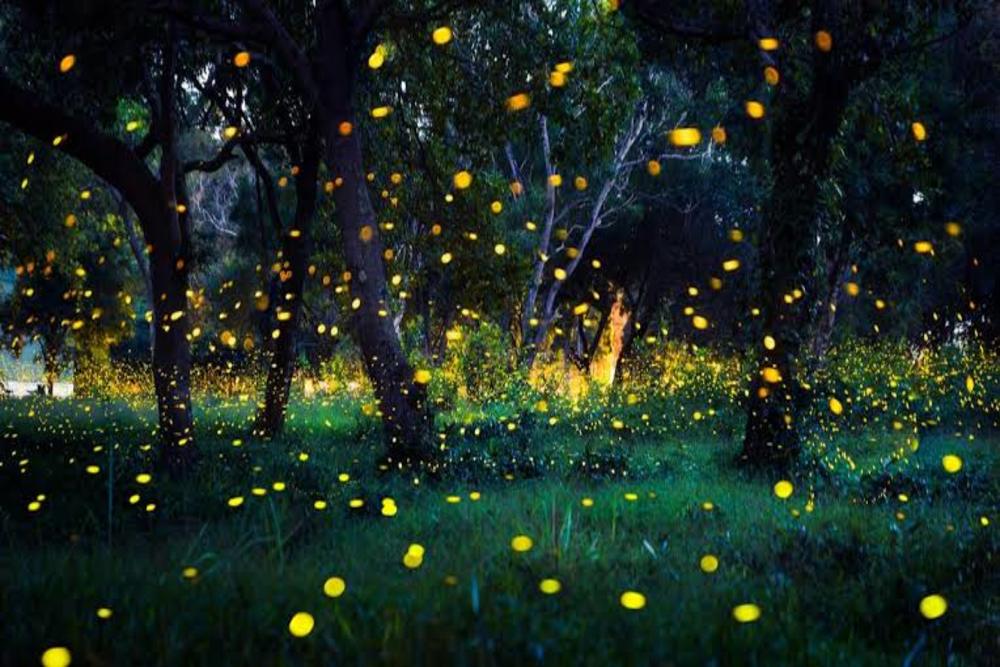
The Magical Flying Lanterns of Purushwadi
A teacher and guide from Maharashtra’s Purushwadi village introduces the magical world of fireflies – and a monsoon festival to inspire their conservation
Story by: Mahadu Chindhu Kondar
Read the original story in Marathi
Come June, tiny and shiny fireflies light up the night skies in my village, Purushwadi, in the Western Ghats of India. Their sight brings back nostalgic memories of childhood and innocence.
When I was a kid, I’d look at the little insects and wonder, how do they get their light? Why are they only visible during the monsoons every year and not in other months? But the thrill of their sight would soon substitute the curiosity and questions in my mind and I’d run along with the other children with a towel or rag in hands. When we’d see shining, flying fireflies, we’d drop them to the ground with the help of the towel and then put the fireflies in discarded glass bulbs or bottles. We’d then run in the dark through the lanes and alleys shouting “Light! Light!” The game would be on repeat each day for about 3-4 weeks. The fireflies would play on our limbs and shoulders and give us so much joy!
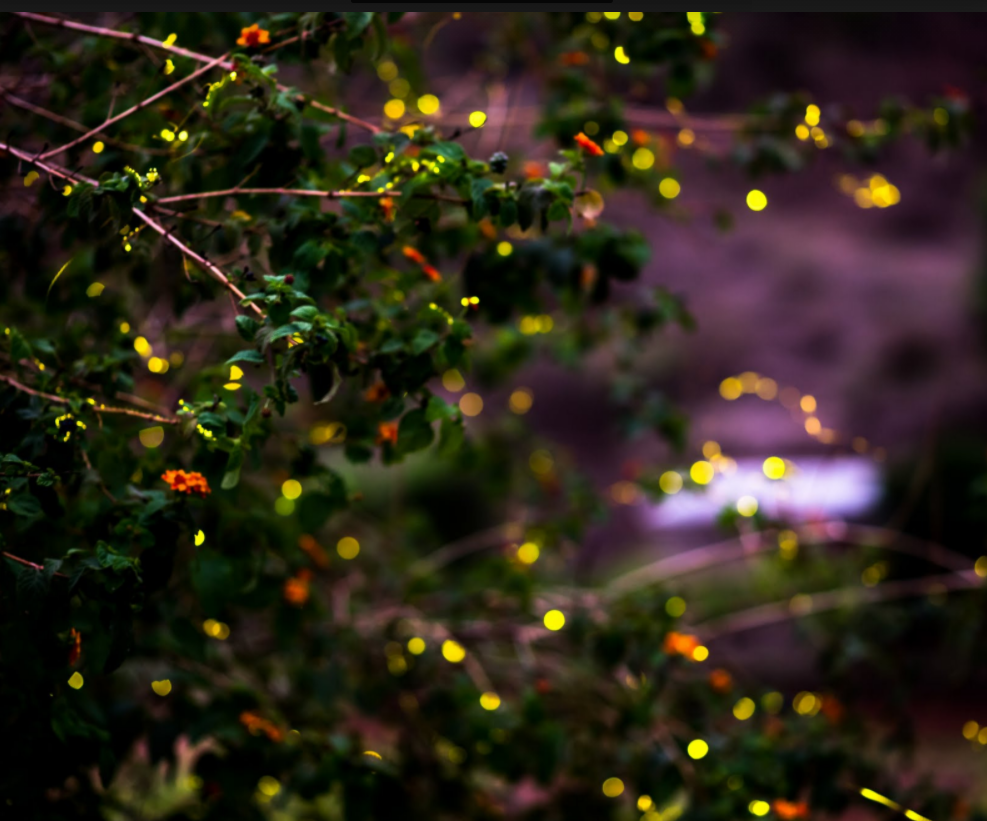
My curiosity about fireflies increased as I grew older, and I became determined to learn about them and find answers to all my questions. I soon learnt that fireflies are born sometime in the month of June when monsoon clouds start crowding the skies. The larvae of fireflies take two weeks to grow fully. Over a period of 15 days, the union of the male and female happens, and immediately after, the males die. Then the females lay eggs under the bark of trees and die too.
Belonging to the clan of ants called Coleoptera, fireflies are about 2 to 2.5 cm in length. These blackish-yellow or copper-colored insects feed on soft foods like snails, slugs and earthworms. Frogs, spiders and many types of birds eat these fireflies.
A substance called luciferin inside the bodies of these fireflies reacts with the oxygen in the air and produces bioluminescence. That is how fireflies emit white, yellow, green, orange, blue and red colored light in the dark.
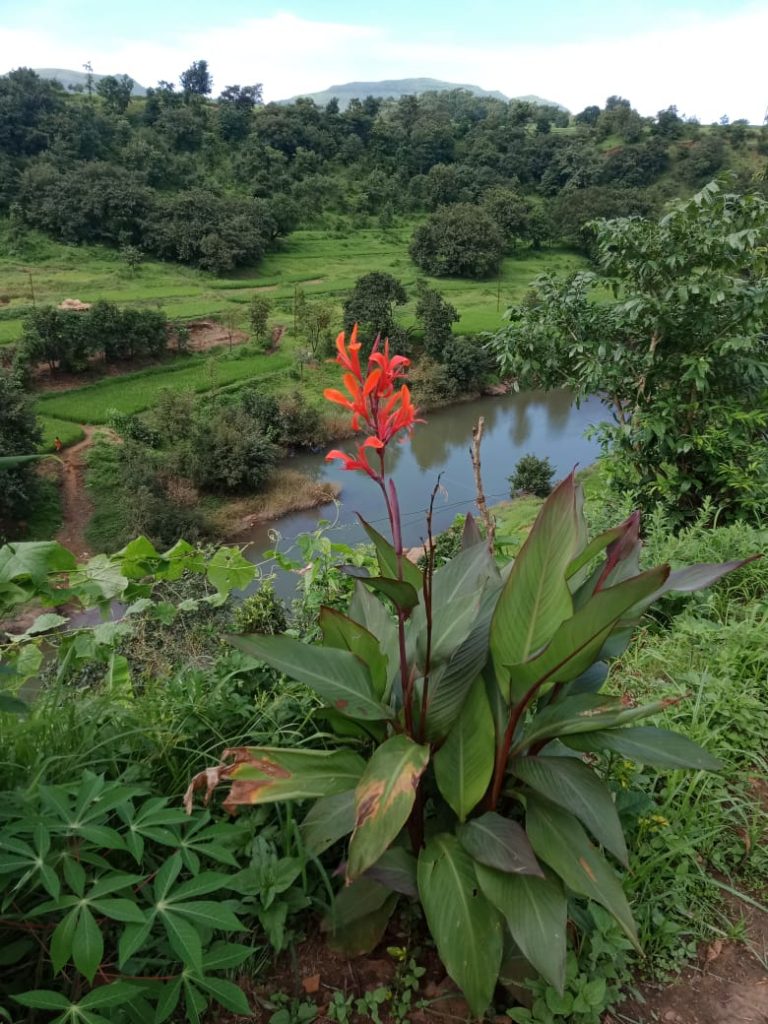
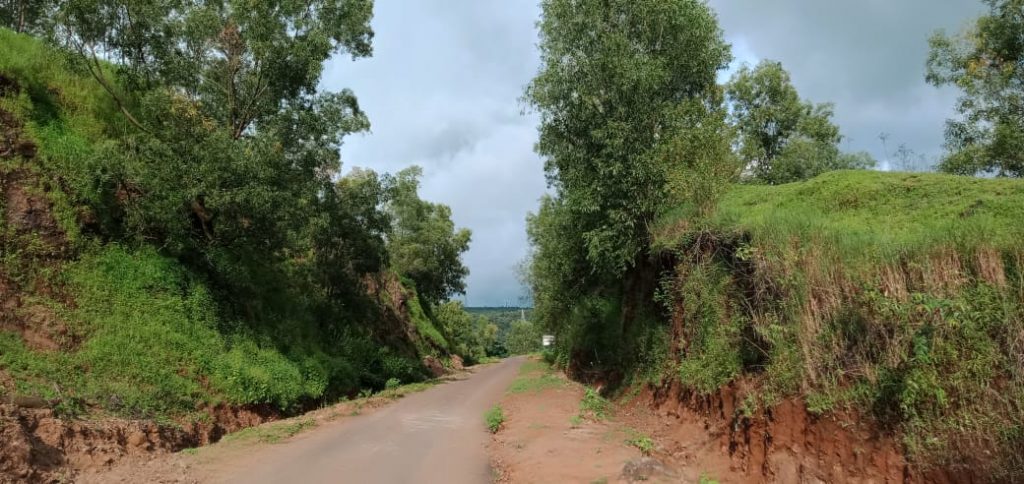
About 20-25 years ago, millions of fireflies would light up trees, shrubs, and even courtyards and homes in Purushwadi in the evenings during the initial months of monsoon. In the current times though, the population of fireflies has drastically declined. The fireflies that once used to come inside our homes are now visible only near the river and valley. Factors such as rapid deforestation, burning of jungles, pollution and climate change have been responsible for the destruction of homes and eggs of hundreds of thousands of fireflies. If the number keeps reducing, fireflies might just become extinct. Since the larvae of fireflies feed on pests and are eaten by birds and snakes, they are an important part of the food chain and help maintain balance in ecosystems. Their dwindling numbers are therefore a cause of concern.
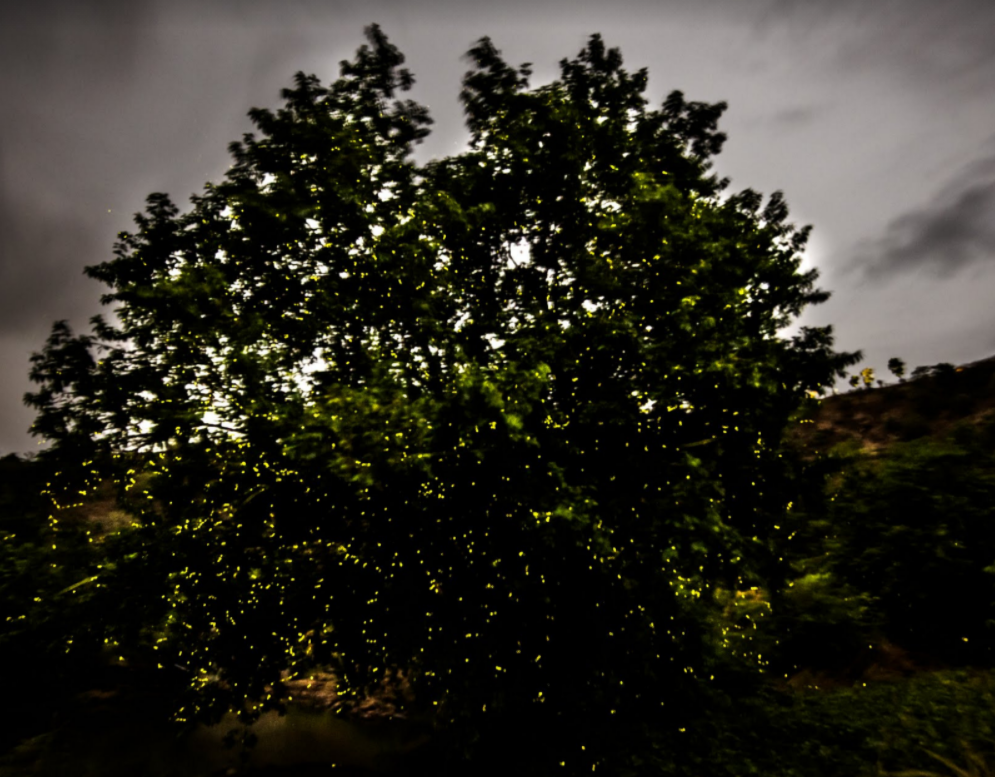
In order to educate people about the importance of fireflies, Grassroutes – an organization that aims to generate employment in the rural areas by providing jobs to the locals in tourism – organized the first Fireflies Festival in May 2009 in Purushwadi. Since then, every year between the months of June and July, people from all over Maharashtra and other parts of India visit our village to witness the magical lightshow of fireflies.

I have been involved as a guide with the rural tourism initiatives started by Grassroutes. We organize many activities during the day at the camp site and in the village to introduce the tourists – mostly city dwellers – to the day-to-day life of the village folk. They are taught to make slingshots and chulhas (stoves), cook rotis on the chulha, milk goats, cut wood, work on the farms etc. At night, we take them to see fireflies and give information about them to the tourists.
When I was a tourist guide with Grassroutes in 2016, a group of well-educated tourists was assigned to me. At night, I dropped them at the house where they were to have their dinner and asked them to wait for me after they were done with dinner so we could go to see fireflies together and I too went away to have my dinner. When I returned, I saw that instead of waiting for my return, the tourists had left to see fireflies. I went searching for them and saw that they had started catching fireflies in empty plastic water bottles.
I rushed to them and told them, “You cannot confine these innocent fireflies in the bottle.”
“Why, brother?” They asked.
I responded, “This is my nature. These fireflies are our wealth. Do you not know that I and my village rely on them for putting food in our stomachs and burning our stoves? If the village people come to know about this then the panchayat will ask hundreds of questions and your group will have to pay the fines. If you want to enjoy, then sit quietly and watch. But you have to release these confined fireflies from the bottle.”
They agreed with what I had said and immediately released the fireflies from the bottle.
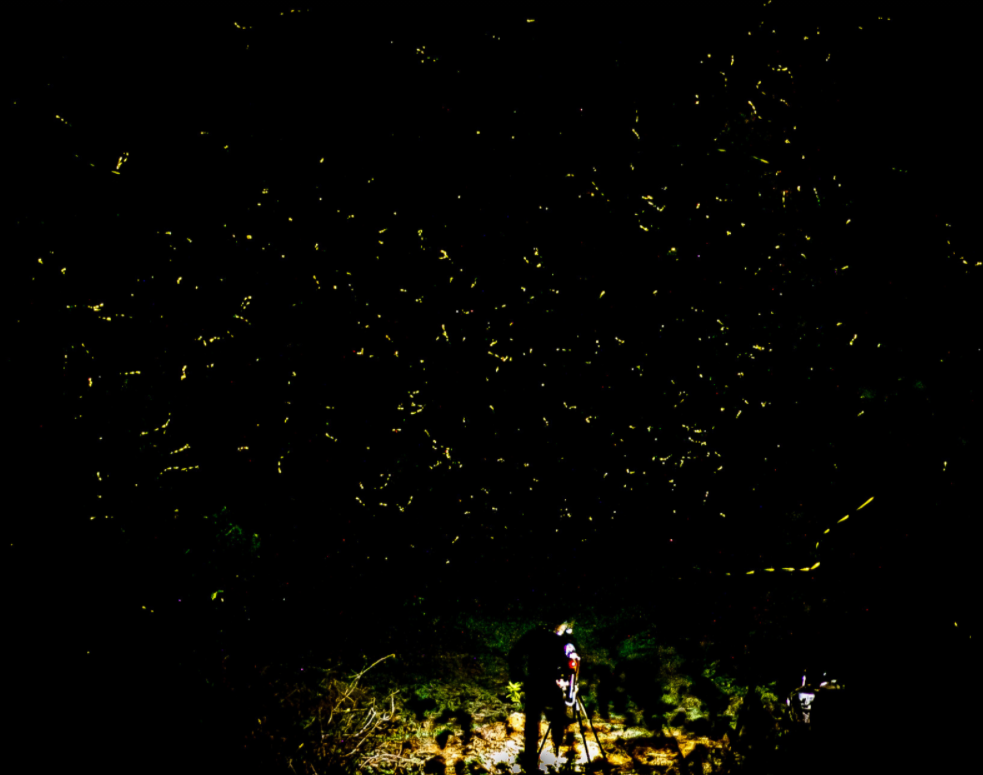
Nature is beautiful, multicolored. It reveals its magical beauty in different forms in different seasons. We consider nature as our God. There’s nothing that connects humans and earth as nature does. That is why I feel that every being in nature should be treated like a child and taken utmost care of. Every being born on this planet has a right to live. No human can take that right away. So, with folded hands, I make one appeal. Save nature! Save life!
Read the original story in Marathi
Meet the storyteller



